Running is an exhilarating pastime that not only promotes physical health but also provides a mental escape from the everyday hustle and bustle. However, not every runner is the same, especially when it comes to running styles. For heel strikers, choosing the right running shoe is crucial to ensuring comfort, performance, and injury prevention. In this comprehensive guide, we’ll explore everything you need to know about running shoes for heel strikers, including tips, comparisons, and recommendations. Let’s lace up and get started!
Understanding Heel Striking
Heel striking occurs when the heel of the foot makes contact with the ground first during a running stride. This is one of the most common gait patterns among runners in the USA. While it may be a natural way of running for many, heel striking can lead to specific challenges, including:
- Increased impact stress on joints
- Higher risk of injury, such as plantar fasciitis and shin splints
- Potential for poor running efficiency
To combat these issues, heel strikers must select shoes that provide ample cushioning, support, and stability.
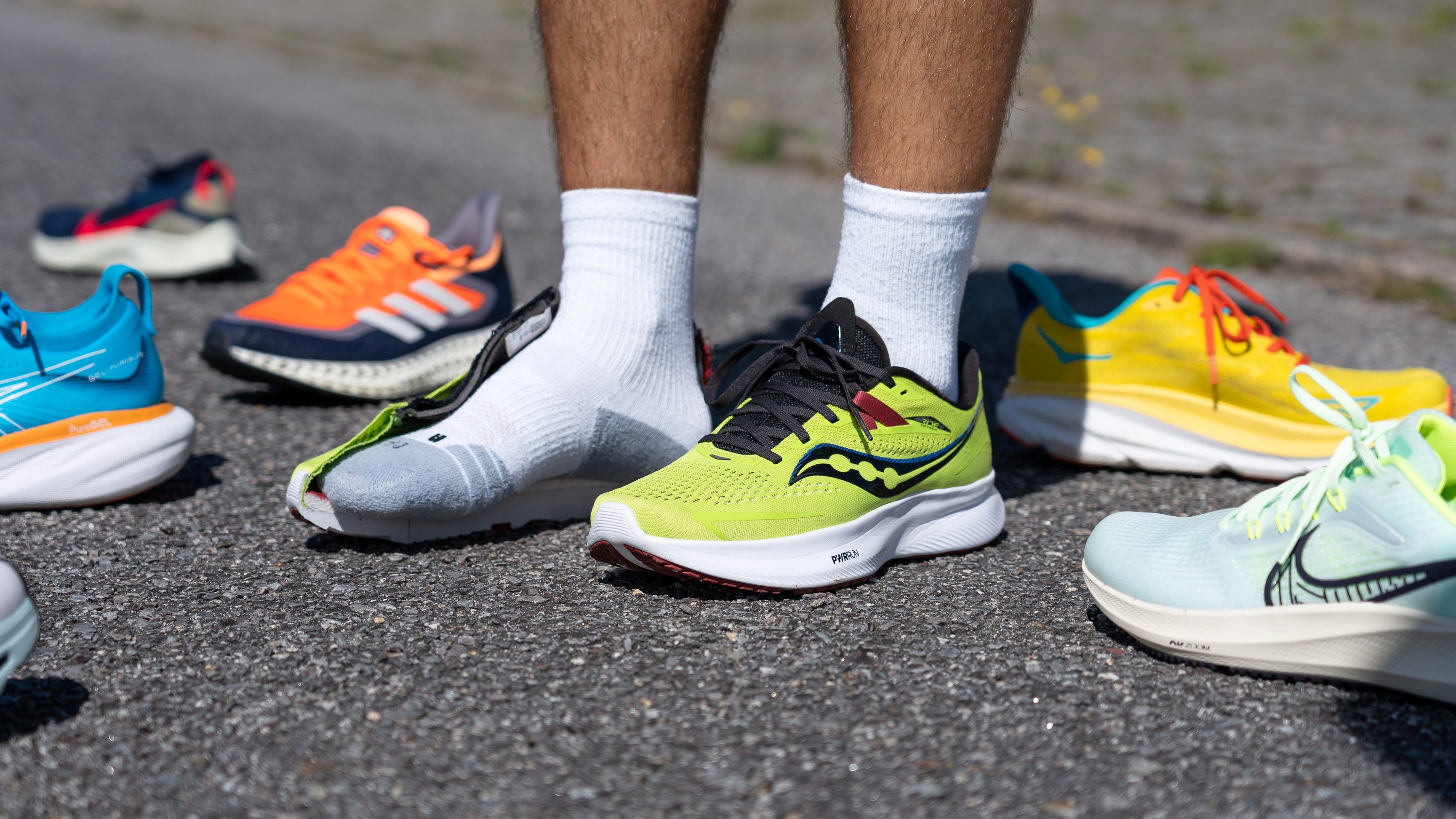
The Anatomy of Running Shoes for Heel Strikers
Cushioning
Cushioning is vital for heel strikers as it absorbs the shock generated during the heel impact. The amount and type of cushioning vary among brands and models.
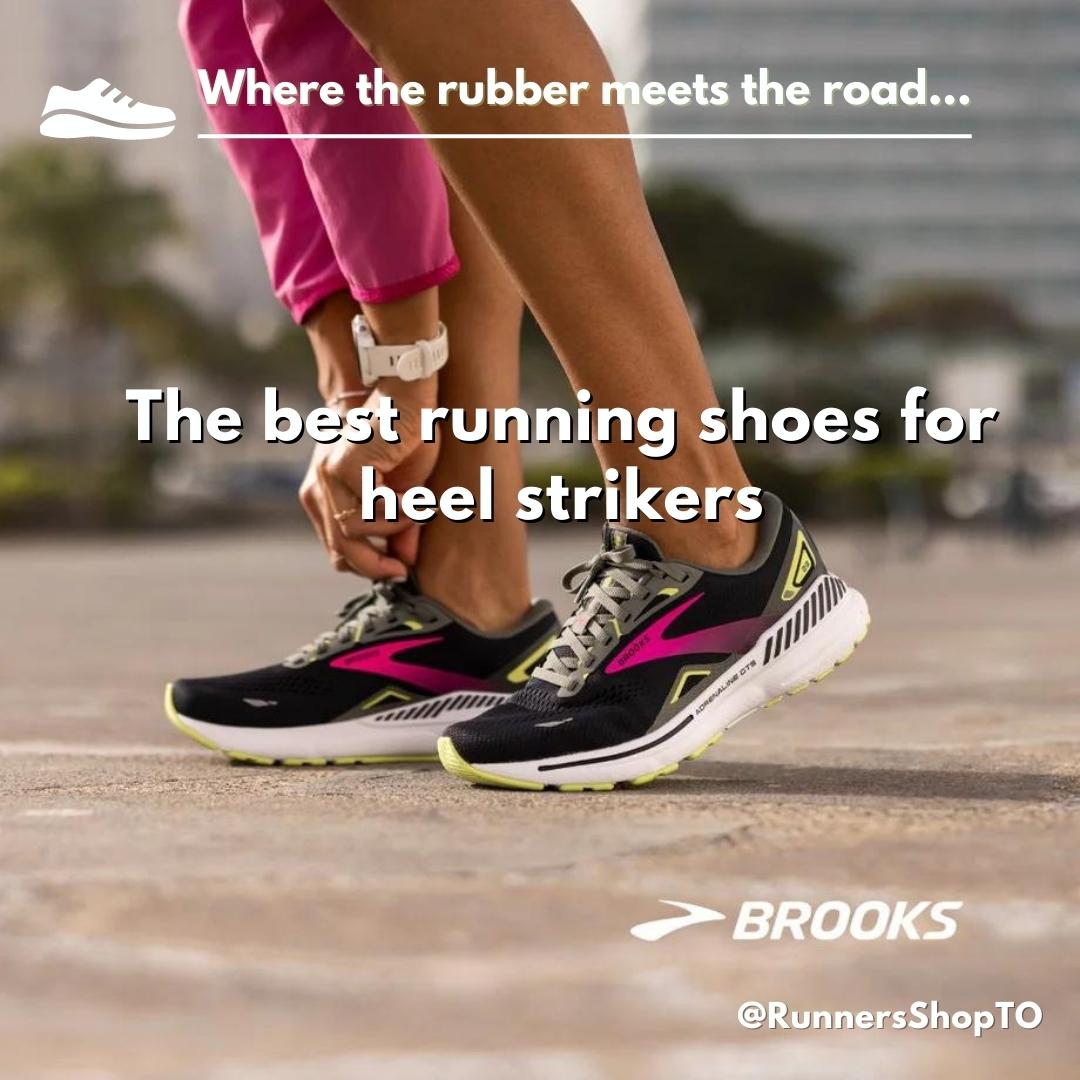
Support and Stability
Heel strikers may benefit from shoes that offer arch support and enhanced stability. These features help maintain proper alignment and reduce the risk of over pronation.
Heel-to-Toe Drop
Heel-to-toe drop refers to the difference in height between the heel and the forefoot. A higher drop can benefit heel strikers by helping to alleviate strain on the Achilles tendon.
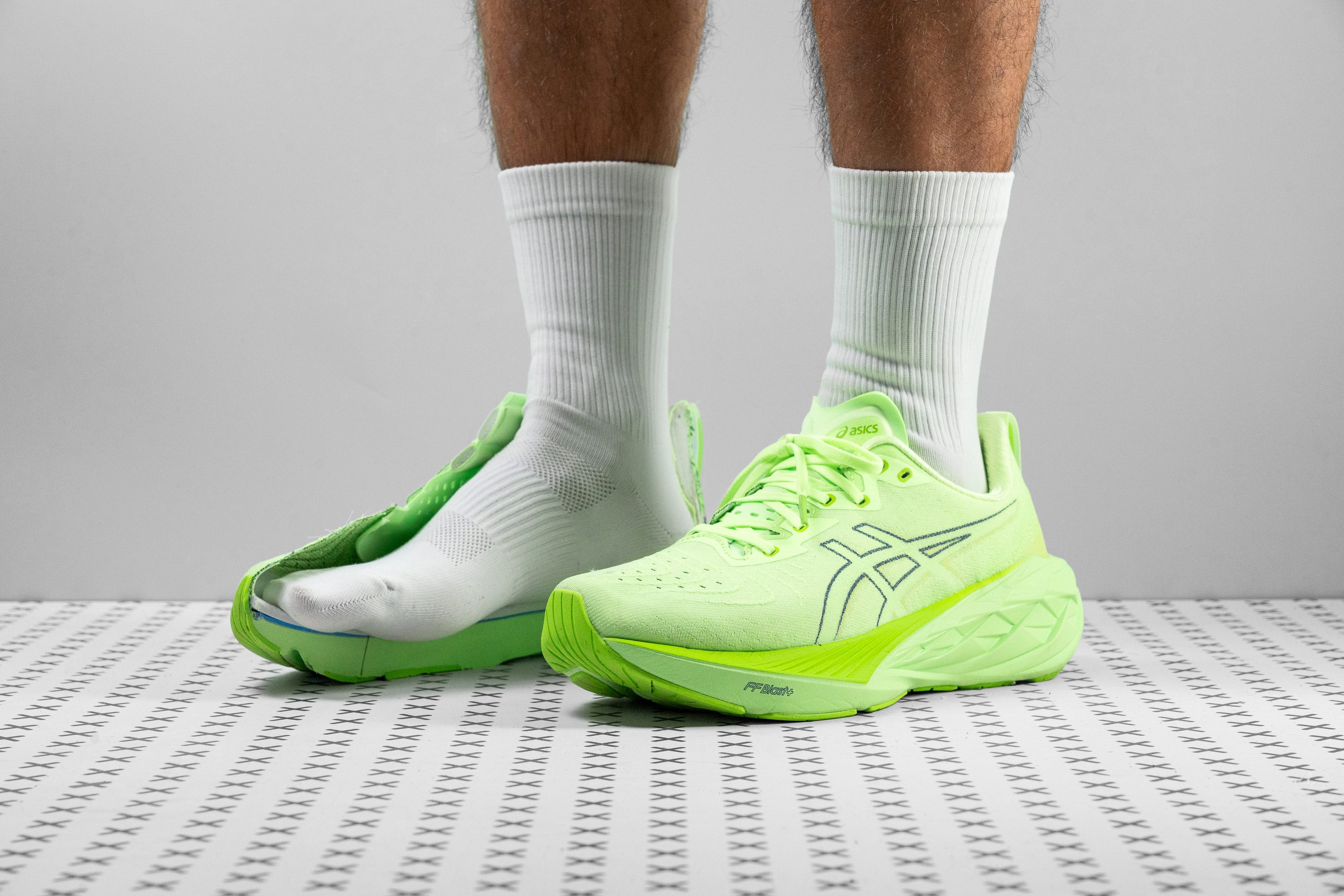
Top Running Shoes for Heel Strikers
Choosing the right shoe can make a world of difference for heel strikers. Below, we present a comparison table featuring some of the best models on the market.
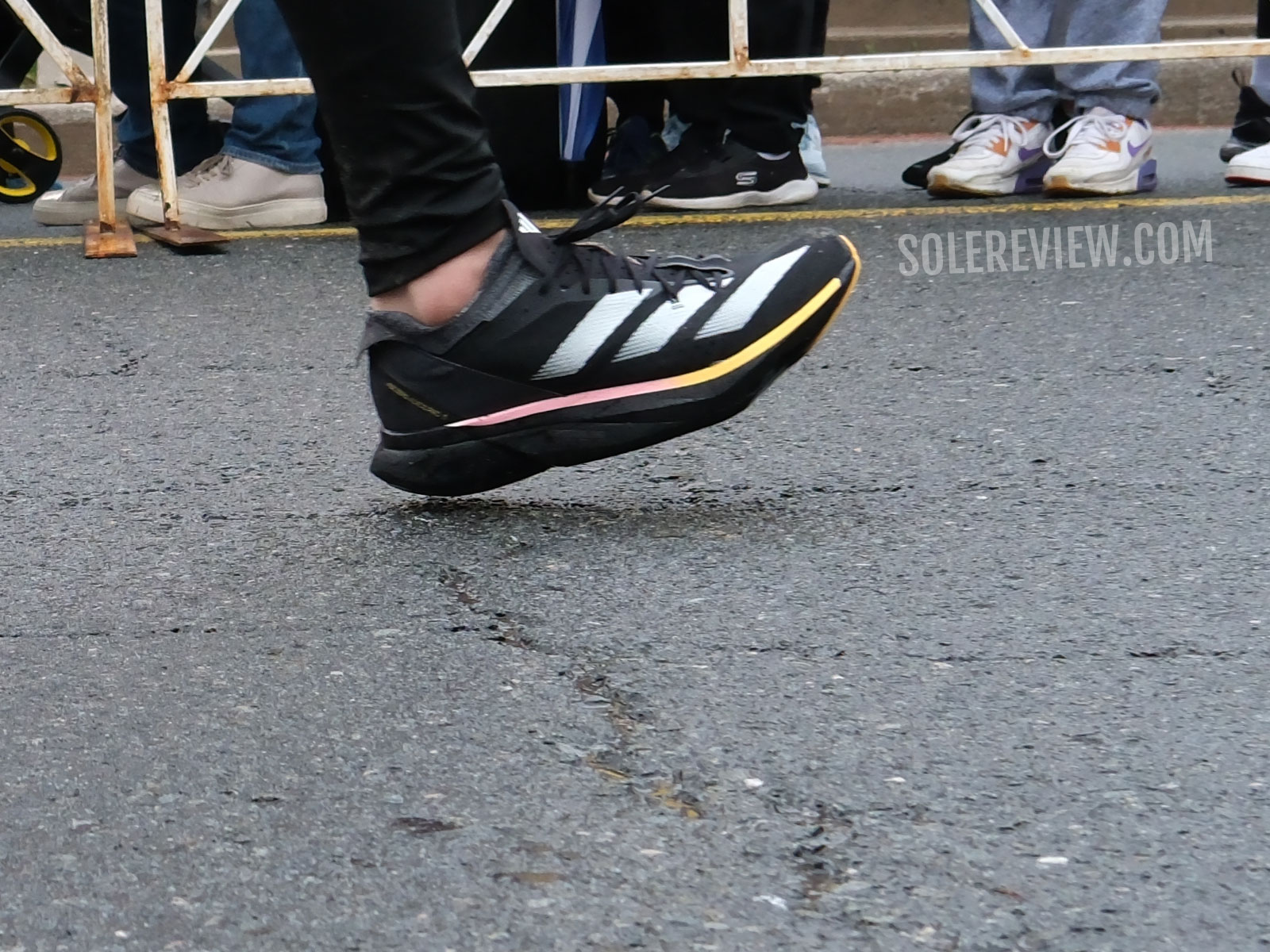
| Brand & Model | Cushioning Level | Support Type | Heel-to-Toe Drop | Pros | Cons |
|---|---|---|---|---|---|
| ASICS Gel-Kayano 28 | High | Stability | 10 mm | Exceptional support, durable, great cushioning | Heavier than some competitors |
| Nike Air Zoom Pegasus 38 | Medium | Neutral | 10 mm | Responsive cushioning, versatile for various distances | May lack some stability for severe over pronators |
| Brooks Ghost 14 | Medium to High | Neutral | 12 mm | Excellent for long runs, breathable upper | Less support for heavy runners |
| New Balance Fresh Foam 1080v11 | High | Neutral | 8 mm | Soft and plush cushioning, great for heel strikers | Pricey compared to others |
| Hoka One One Bondi 7 | High | Neutral | 4 mm | Maximum cushioning, lightweight | Bulky design that some may not prefer |
Key Features to Look for in Running Shoes
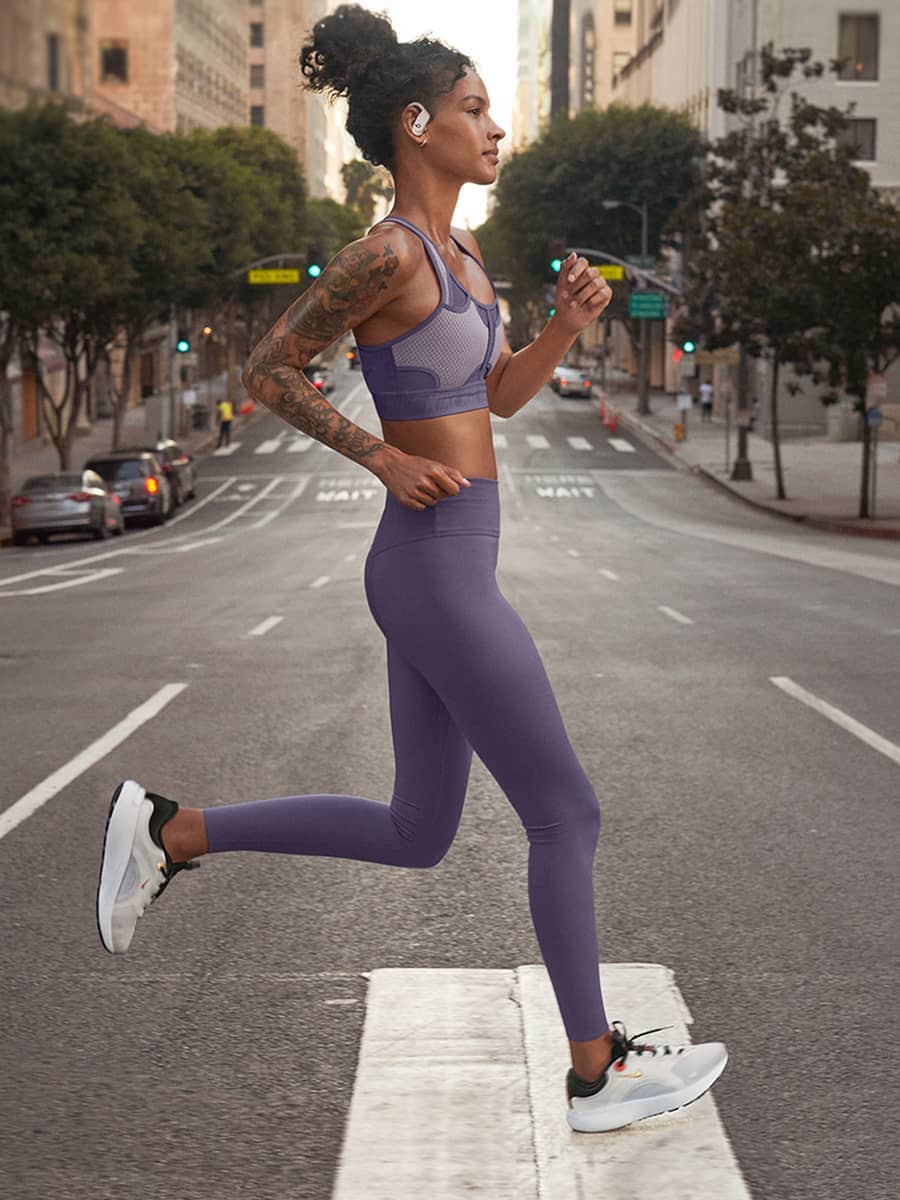
Cushioning Technology
Different brands employ various cushioning technologies. For instance, ASICS uses GEL technology to provide superior shock absorption, while Nike utilizes Air Zoom units for responsiveness. Understanding these technologies can help you make an informed choice based on your running style and preferences.
Fit and Comfort
A proper fit is essential for all runners. Heel strikers should look for shoes that provide enough room in the toe box to avoid pinching and discomfort. Trying on shoes with the socks you plan to wear while running is advisable.
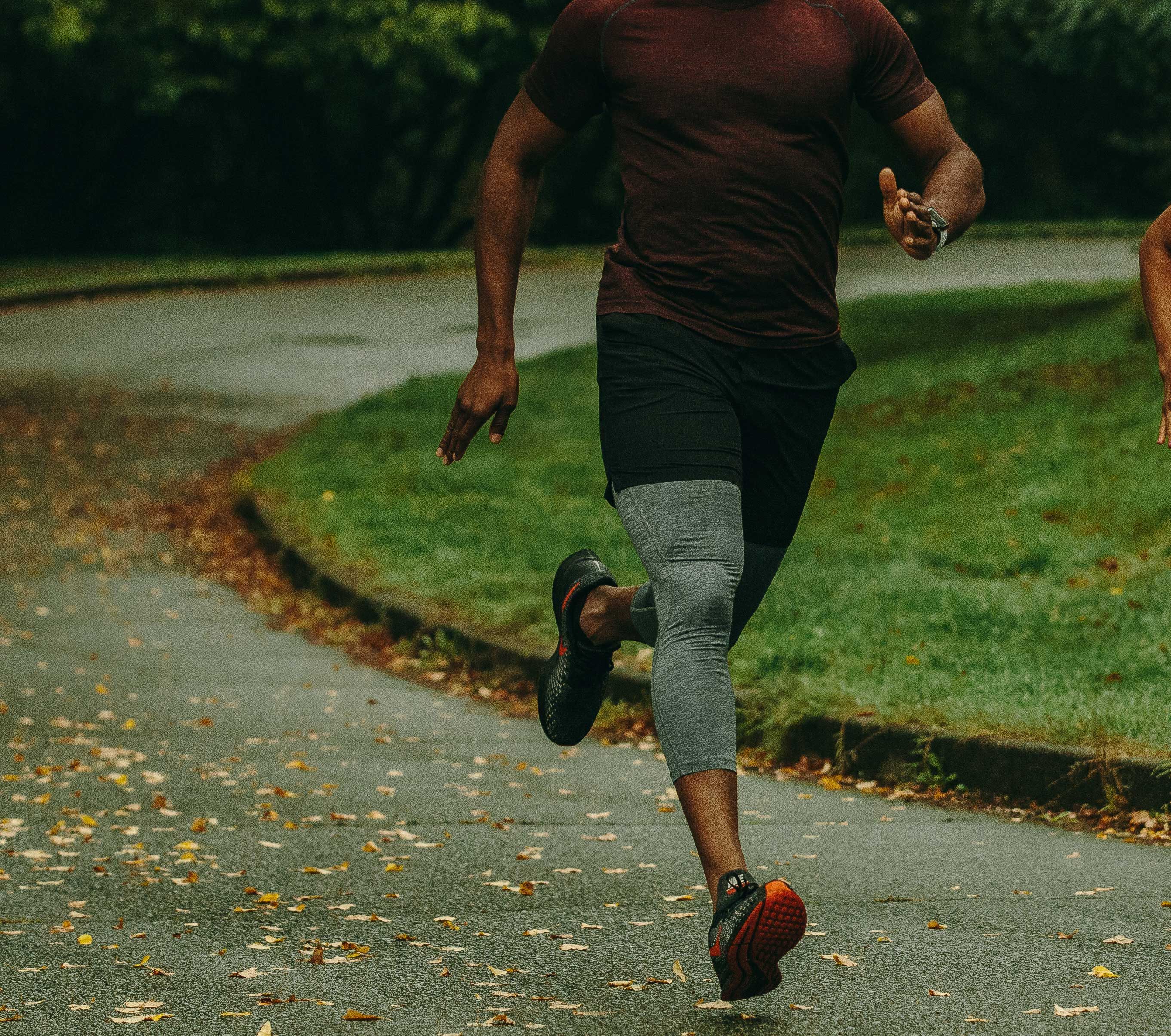
Weight of the Shoe
While cushioning is crucial, the overall weight of the shoe can affect performance. Lighter shoes can help with speed, but they often provide less cushioning. Finding the right balance is key.
Tips for Buying Running Shoes for Heel Strikers

Here are some practical tips when selecting running shoes for heel striking:
- Try Before You Buy: Always test shoes in-store. Take a few laps around the store to assess comfort.
- Consider Your Running Environment: Choose shoes based on where you run most, whether on trails or pavement.
- Replace Old Shoes: Running shoes lose cushioning over time. Replace them every 300-500 miles to maintain performance.
- Consult a Professional: Consider visiting a specialty running store for gait analysis to ensure proper shoe selection.
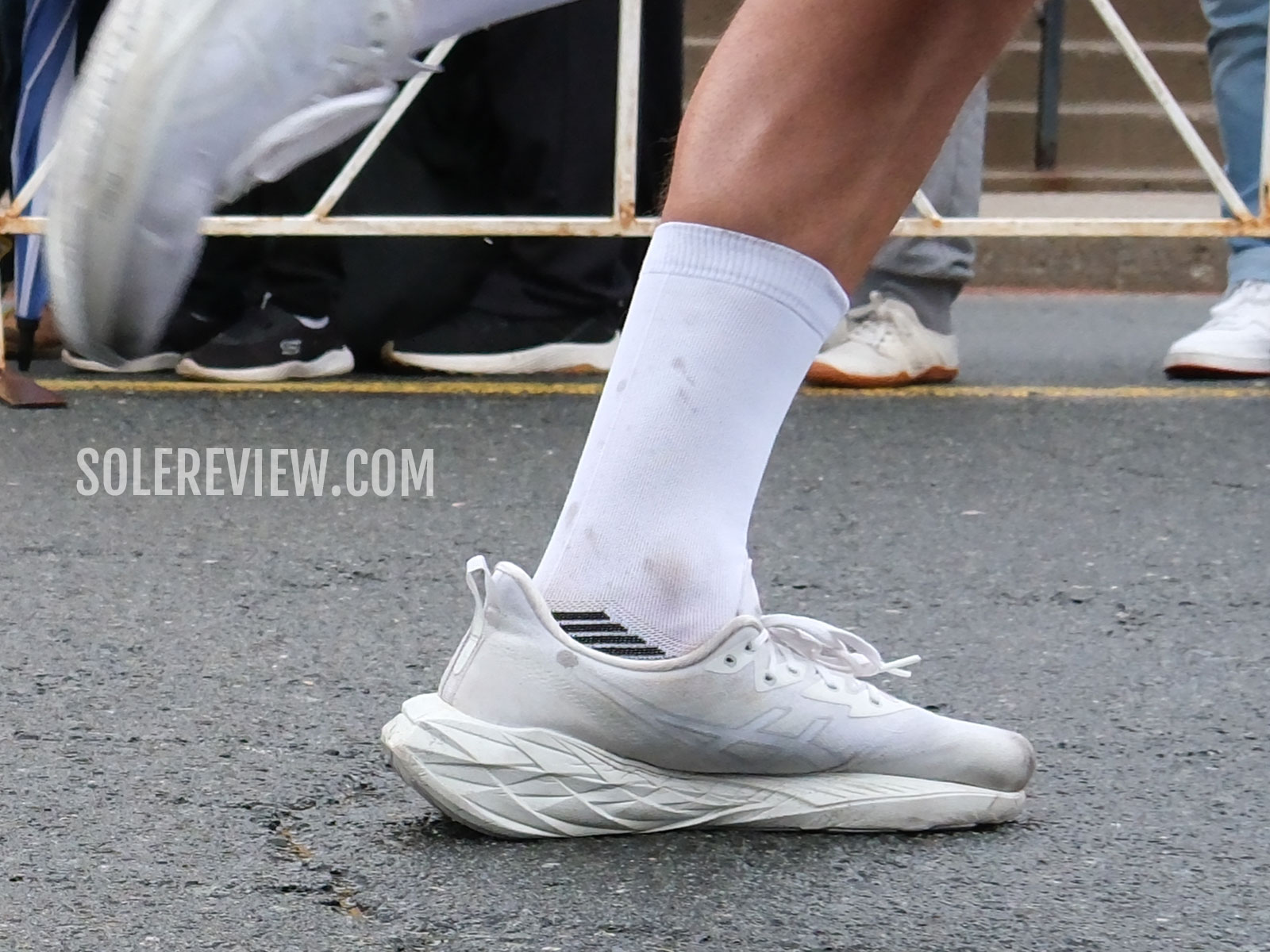
Common Misconceptions About Heel Striking
Myth 1: Heel Striking is Always Bad
Not all heel strikers experience issues. Many can run efficiently and injury-free with the right footwear and running mechanics.
Myth 2: You Should Always Change Your Running Form
While improving running form can be beneficial, drastic changes can lead to injuries. Focus on gradual adjustments and listen to your body.
Running Shoe Technologies Explained
3D-Printed Shoes
3D-printed shoes offer personalized fit and cushioning strategies tailored to individual gait patterns. Brands like Adidas and Nike are exploring these innovative technologies to enhance performance and comfort.
Smart Running Shoes
Equipped with sensors, smart running shoes can track metrics like pace, distance, and foot strike pattern. These shoes may provide insights to help heel strikers adjust their form and improve efficiency.
Real Cultural Experiences with Running Shoes
In the USA, the running community is vibrant and diverse, with events like marathons in New York City or the Boston Marathon attracting thousands. Many runners share stories about their favorite shoes and how specific models have influenced their performances or kept them injury-free. Local running clubs often host group runs, where shoe trials and discussions about the best footwear for different styles, including heel striking, become engaging topics of conversation.
FAQs about Running Shoes for Heel Strikers
What are the best running shoes for heel strikers?
The best running shoes for heel strikers typically have high cushioning and support. Some top recommendations include ASICS Gel-Kayano 28, Brooks Ghost 14, and Hoka One One Bondi 7.
How often should I replace my running shoes?
It is recommended to replace running shoes every 300-500 miles, depending on usage and wear. Regularly assessing shoe conditions can help avoid injuries.
Is heel striking bad for my body?
Heel striking isn’t inherently bad; many runners are successful heel strikers. However, proper footwear is essential to mitigate any potential injury risks.
Can I improve my running technique?
Yes, heel strikers can benefit from a gradual change in running technique. Engaging a professional running coach or physical therapist can provide tailored guidance.
Conclusion: Finding Your Perfect Fit
Choosing the right running shoes for heel striking is not just about brand preferences but is primarily about fit, comfort, and purpose. By understanding your needs, weighing the pros and cons of various features, and considering the recommendations provided, you can find a shoe that will carry you through countless miles with ease. So go ahead, hit the pavement, and enjoy every step!
For additional information on running shoe technology and injury prevention strategies, check out [NCAA Shoes and Injury Prevention Report](https://www.ncaa.org/sites/default/files/Shoes_&_Injury_Prevention_2017.pdf) and [American Journal of Sports Medicine on Running Gait](https://journals.sagepub.com/doi/pdf/10.1177/0363546518820595) for more insights.